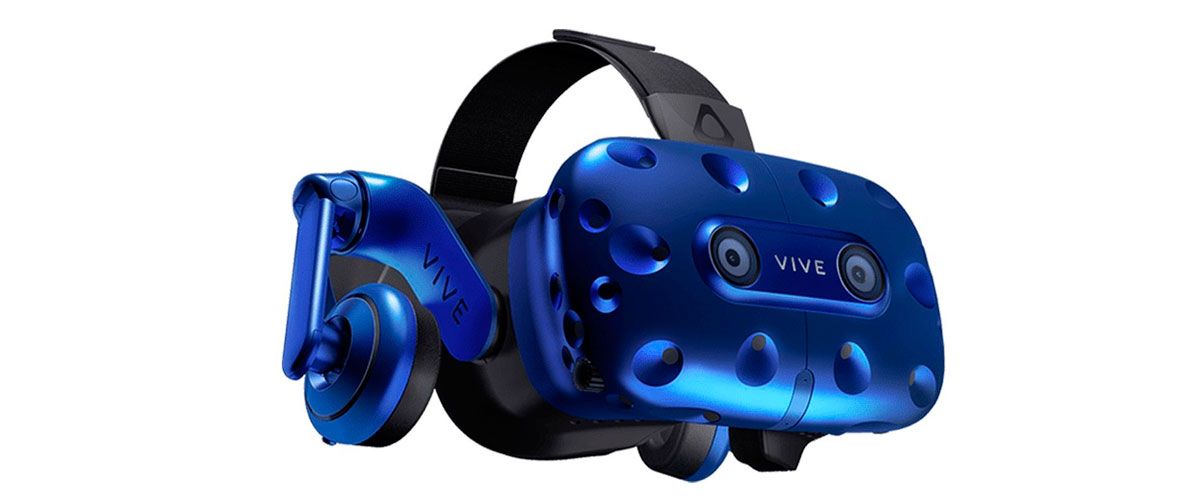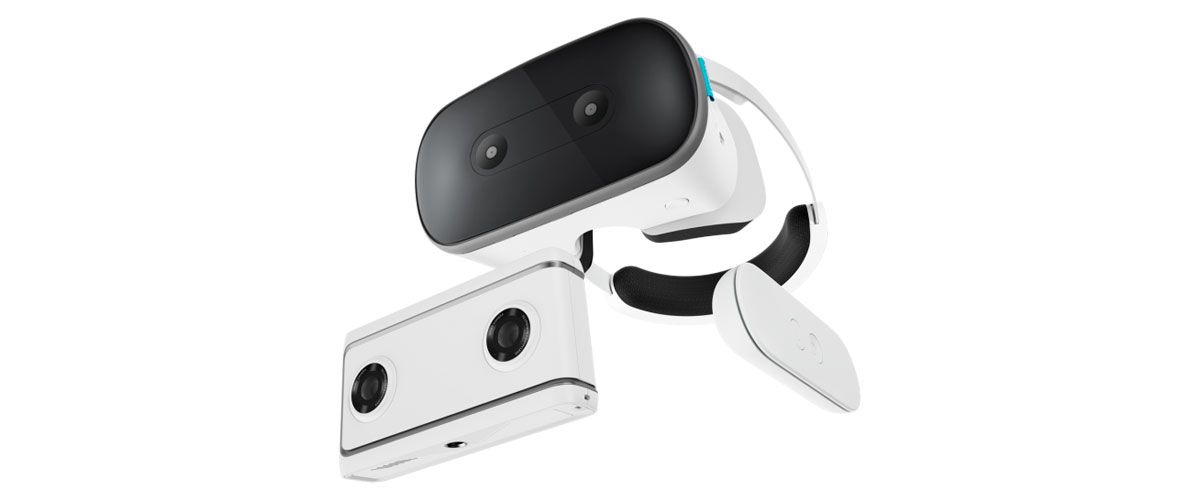VR sector news presented at CES Las Vegas 2018
Since 1967, Las Vegas has been the venue for the Consumer Electronics Show (CES). Every January, the main companies in the Consumer Electronics sector meet in the capital of Nevada to show their new products.
In recent years, the CES has unveiled the devices that will shape tomorrow’s sectors, from home automation to smart clothing, of course, via smartphones or robotics. As it could not be otherwise, it is also the event where the big virtual reality brands present their latest news.
Although at this CES 2018 we have missed the prominence that VR devices have had in previous editions, we have been able to see how the sector continues to advance in technical matters, improving vision and, above all, increasing user comfort.
The market baton continues to be in the hands of the large multinationals that for years have captained and bet on developing immersive devices: Facebook, Samsung, Google and HTC, although we are also beginning to see how these giants seek alliances with third-party manufacturers, generally Eastern, to hardware development.
Among the novelties that we have been able to learn about in this edition we have wanted to highlight the two that, in our opinion, have produced better expectations after its presentation.
HTC Vive Pro
Probably the most anticipated device and the great protagonist of this year in the virtual market of CES. Although the new HTC Vive Pro show an exterior design similar to the previous model, inside they have experienced a true revolution, materialized in two key aspects: the improvement of comfort and the increase in resolution.
The Taiwanese brand has wanted to tackle two of the biggest problems experienced by virtual reality users: the discomfort of wearing glasses for too long and vision problems.

For the first, in addition to reducing the weight of the device, it has developed an adjustment system to the nape that allows to distribute the weight better and makes the glasses fit more closely to the head. In addition, cables are eliminated thanks to an Intel WiGis wireless adapter and the speakers are integrated in a more natural way, which increases the feeling of immersion.
The other great advance has been the improvement of the viewing. The new HTC include two 3K viewers that offer a resolution of 2880 × 1600, which means that the vision improves almost 80% compared to the previous model, launched in 2016.
We still do not know the market price of the new HTC, but everything indicates that it will be high, probably around $ 900.
Mirage Solo
Google’s new bet in collaboration with Lenovo was the other great presentation expected at this CES 18 and the result shown has not disappointed.
Those of Mountain View have developed a powerful and comfortable model within the Daydream family that, as a great novelty, with the permission of the Oculus Go of Facebook, presents the need for a PC or phone to function, since it has a Qualcomm Snapdragon processor 835, 4 GB of RAM and 64 GB of internal storage.

The 110º field of view is another breakthrough, which significantly exceeds that of the competition, thus guaranteeing much more immersive experiences.
Another interesting novelty is that it will allow the user to record and broadcast what they are seeing in real time, so that our contacts can see our content at the same time.
Both models, together with the new Oculus Go, scheduled for the month of February, and the launch of the Magic Leap for developers in March augur a year of important advances for the sector in 2018. We hope so!


